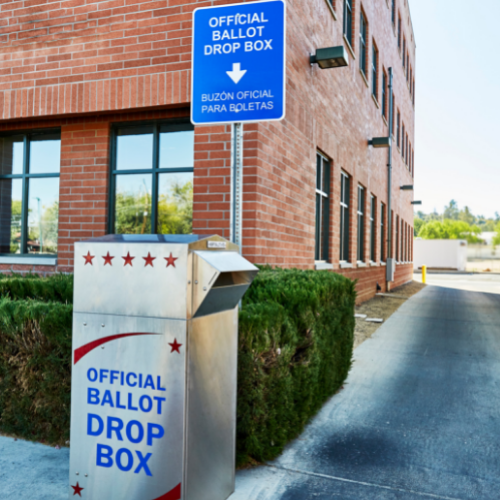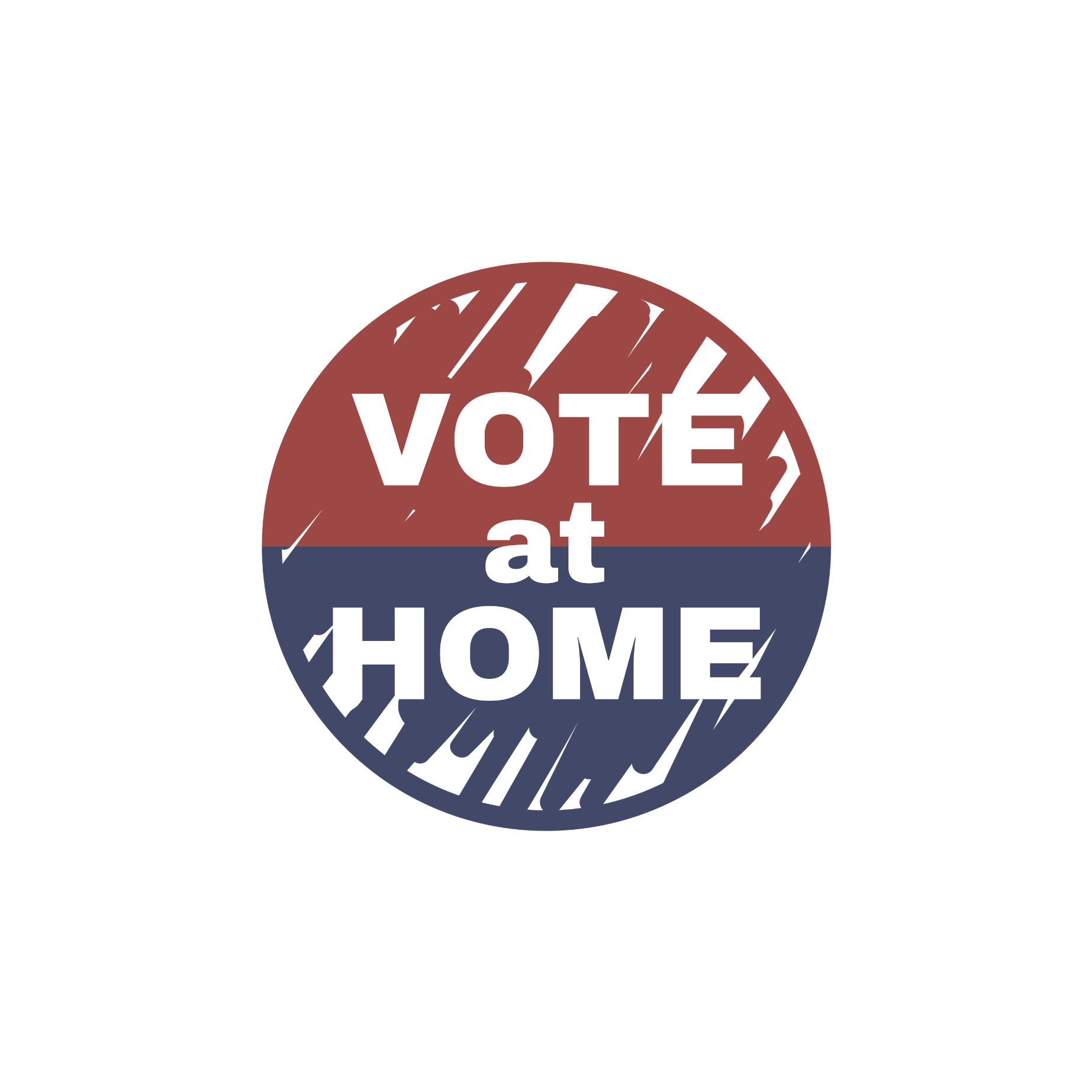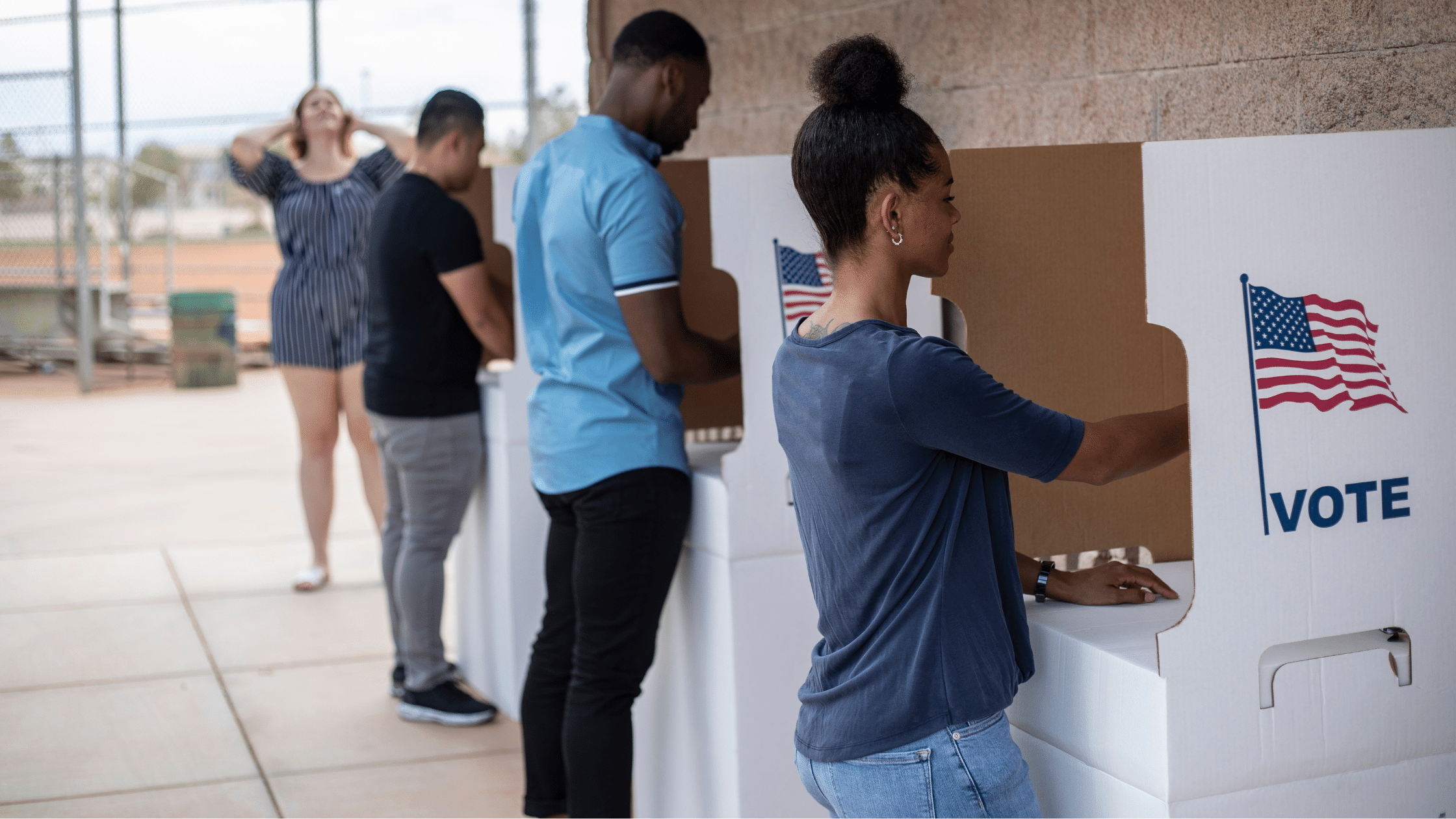CT News Junkie – The legislative committee with oversight of election policy raised a resolution to amend the state constitution Friday, taking another swing at courting Republican votes to expand absentee ballot voting.
Frustrated Michigan Clerks Call for Election Reforms: ‘Now Is the Time’
Evaluating Mail-Based Security for Electoral Processes Using Attack Trees
Vote at Home Policy and the 2020 Presidential Election
The National Vote At Home Institute on Florida Advancing Voting Rights
How Lines at the Precinct Depress Future Turnout
National Vote At Home Institute on Passing of SB202 in Georgia
The National Vote At Home Institute has released a statement following the passing of Senate Bill 202 in the Georgia State Legislature that was signed into law by Gov. Kemp last week: “Senate Bill 202 is a massive missed opportunity to move Georgia forward and build on the record participation of the 2020 election. The […]
Continue readingNational Vote At Home Institute Reinforces Need to Pass “For the People Act”
The National Vote at Home Institute has released a statement emphasizing the need to pass federal, pro-voter policies in the form of the “For The People Act”—or S1—after false claims and disinformation was sown in today’s Senate Rules Committee hearing about the content and effects of the bill. “Today, in the Senate Rules Committee hearing […]
Continue readingNational Vote At Home Institute Denounces the President’s Continued Attacks on Democracy and Affirms Their Mission to Protect American Elections
The American people have continued to exercise their right to vote despite ongoing disinformation campaigns to overturn a free and fair election. As President Trump continues his public calls to undermine our constitution, democracy, and election systems, the National Vote At Home Institute released the following statement: “The President’s false claims continue to undermine the […]
Continue reading






